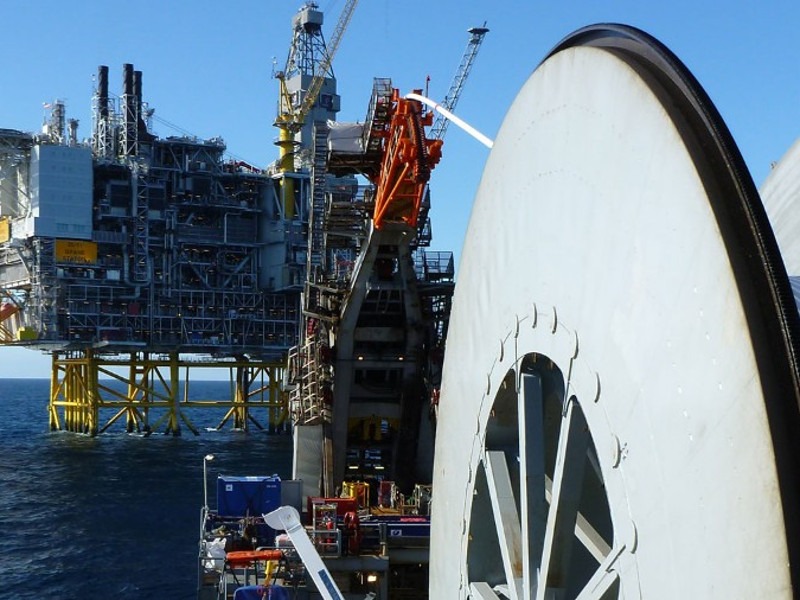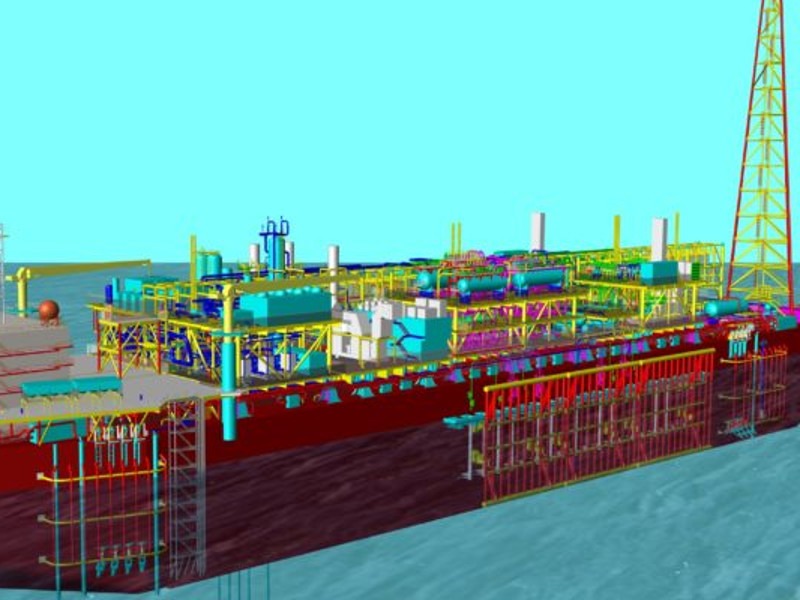SNE oil field, located 100km off the coast of Dakar, is the first oil discovery offshore Senegal and one of the world’s biggest oil discoveries in the last ten years.
The deep-water oilfield development project is being undertaken by the Rufisque, Sangomar and Sangomar Deep (RSSD) joint venture, which comprises Woodside Energy (35%), Capricorn Senegal, a subsidiary of Cairn Energy (40%), FAR (15%), and Petrosen (10%), the national oil company of Senegal. Woodside Energy is the operator of the project.
The SNE oilfield is planned to be developed in phases, with the first phase development scheduled to come on-stream in 2022.
The final investment decision (FID) for the phase one is expected by mid-2019, while the drilling of production wells is scheduled to be commenced in 2021.
Project Gallery
-

The SNE oilfield is expected to produce 100,000 barrels of oil in the first phase. Image courtesy of Subsea 7.
-

The SNE oilfield is located 100km off the coast of Dakar, Senegal. Image courtesy of Doris Engineering.
-

The first oil from the SNE field development is expected in 2022. Image courtesy of Cairn Energy.
-

The subsea FEED contract for the SNE oilfield phase one development was awarded in December 2018. Image courtesy of Woodside.
The phase one development of the offshore field is expected to produce 100,000 barrels of oil a day (bod).
SNE oil field location, discovery, and reserves
The SNE oil field is located in the RSSD Blocks, which cover an area of 7,490m² within the Senegalese portion of the Mauritania-Senegal-Guinea-Bissau-Conakry Basin.
Situated at a water depth of 1,100m, the SNE oilfield was discovered with the drilling of the SNE-1 exploration well in November 2014.
The deep-water field was further appraised by more than ten appraisal wells between 2015 and 2017.
The oil reserves of the SNE field are hosted within the Cretaceous-age sandstones containing recoverable reserves of 32° API oil gravity, at a depth up to 3,000m beneath the sea bed.
The SNE oilfield is estimated to hold 2.7 billion barrels of recoverable oil reserves out of which, 230 million barrels will be recovered under the SNE phase one development project.
SNE oil field development history
The SNE oil field development was initially undertaken by Cairn Energy, ConocoPhillips (operator), FAR, and Petrosen, as part of the RSSD offshore production sharing contract.
Woodside Energy acquired 35% interest in the joint venture from ConocoPhillips to become the project operator in July 2016.
The development partners submitted the SNE field phase one development plan to the Senegalese government in October 2018.
The environmental and social impact assessment (ESIA) for the phase one was completed in November 2018.
The frond-end engineering and design (FEED) contracts for the project were awarded starting from December 2018.
SNE phase one project infrastructure
The phase one development of the SNE oil field will comprise a permanently moored floating, production, storage, and production (FPSO) facility integrated with a total of 23 oil production wells and associated subsea systems.
The FPSO will be installed towards the eastern periphery of the SNE field, at a water depth of 800m. The length of the FPSO unit will range between 250m and 325m, while the width will be up to 60m.
The FPSO unit will house an oil storage tank of 1.5 million barrels capacity.
The subsea system of the project will include up to 22km of in-line tees, six manifolds, up to 150km of flow-lines and risers, up to 50km of flow-line end terminals, and up to 70km of umbilicals.
Contractors involved
MODEC International was awarded the FEED contract for the SNE FPSO in February 2019.
Subsea Integration Alliance, a joint venture between OneSubsea, Schlumberger, and Subsea 7, was awarded the FEED contract for the subsea infrastructure of the project in December 2018.
Doris Engineering was awarded the advisor contract by the Senegalese Ministry of Petroleum and Energies for reviewing the optimization of the SNE oilfield development in January 2019.
Earth Systems and Xodus Group were engaged for carrying out the environmental and social impact assessment (ESIA) for the project.
Transocean provided the drilling rigs for the exploration and appraisal activities for the SNE oilfield development.
